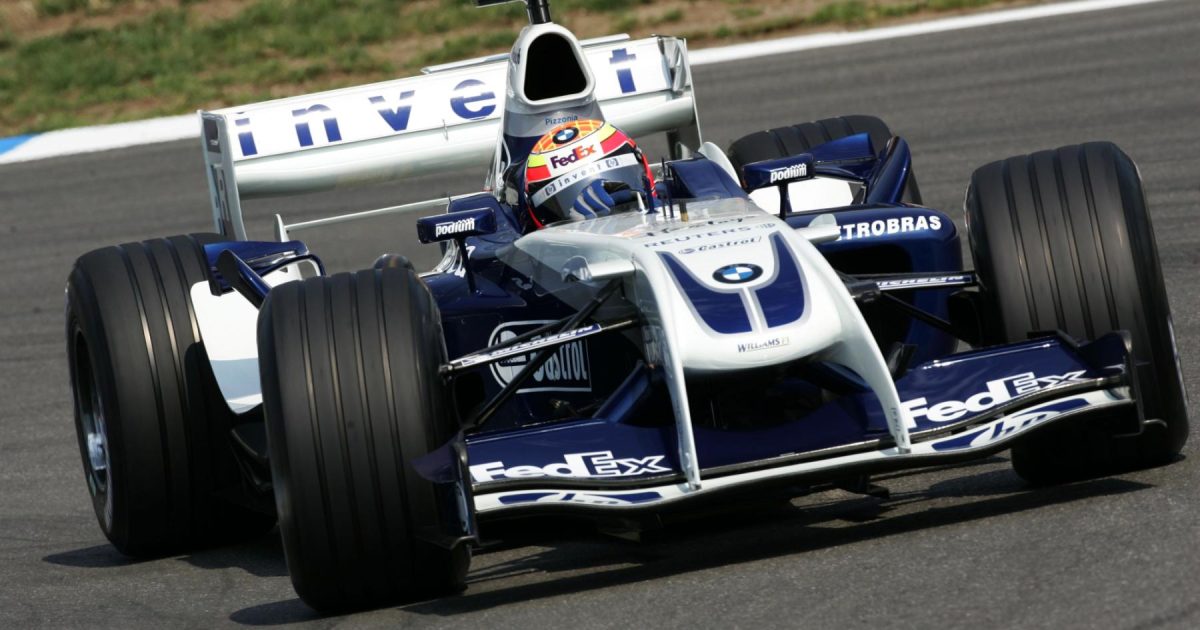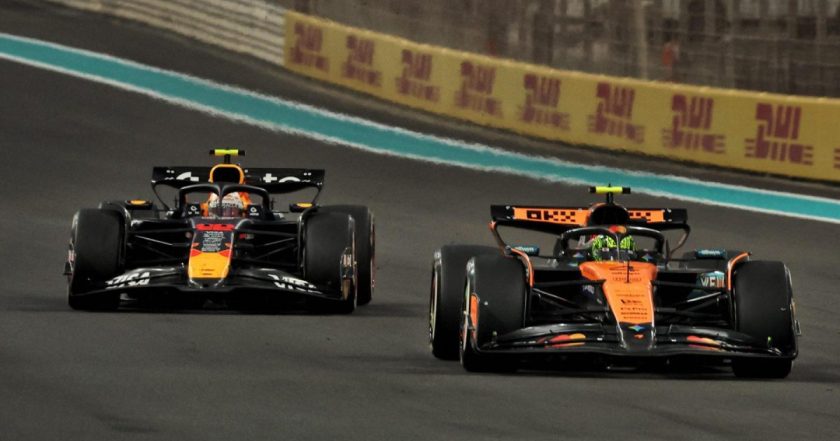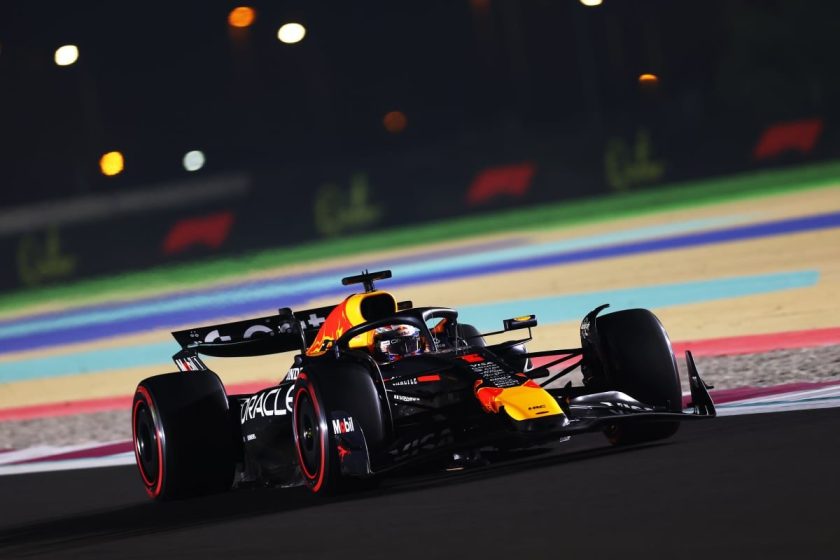P1racenews AI automatic summary:
Let’s start by saying that tastes differ. You probably have an F1 car that you think is gorgeous, but your best buddy may loathe and vice versa. However, there are a number of cars designed that we’re pretty sure sold very little merchandise….
The basic appearance of an F1 car is determined by aerodynamic efficiency, but experimental interventions can result in unusual designs. The Caterham C05, known for its “brick” nose section, did not provide a significant speed advantage and the team finished at the bottom of the championship in 2014. Williams’ walrus nose, introduced in 2004, failed to produce the necessary performance gains and was eventually abandoned. The March 711 featured an ironing board-like component mounted on the front for extra downforce, but it also failed in terms of results. Ensign’s car had a design resembling a moving cheese grater and constantly struggled with heating problems. Ligier’s JS5, nicknamed the “teapot,” was a solid car that scored podium finishes in its debut season. The Lotus E22 combined unattractive elements from the Caterham CT5 and the Williams FW26, making it one of the ugliest cars in F1 history, despite Lotus’ usual reputation for design prowess and beauty.






